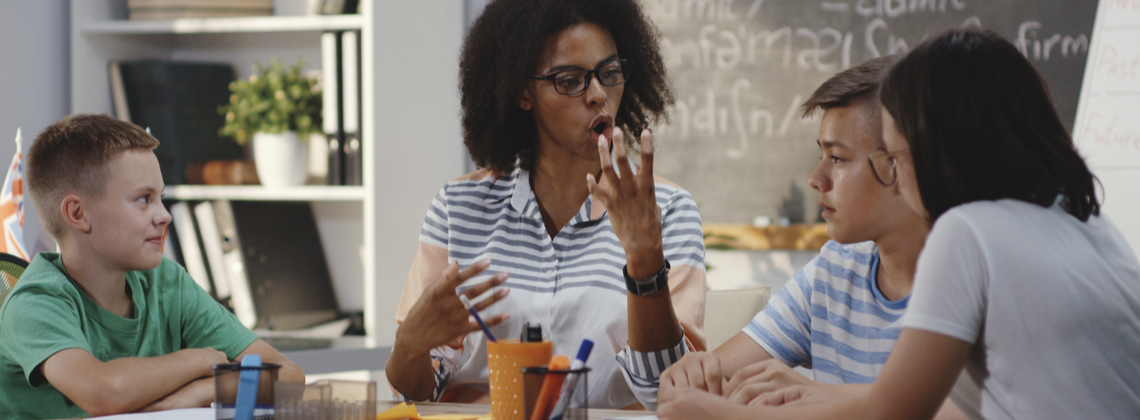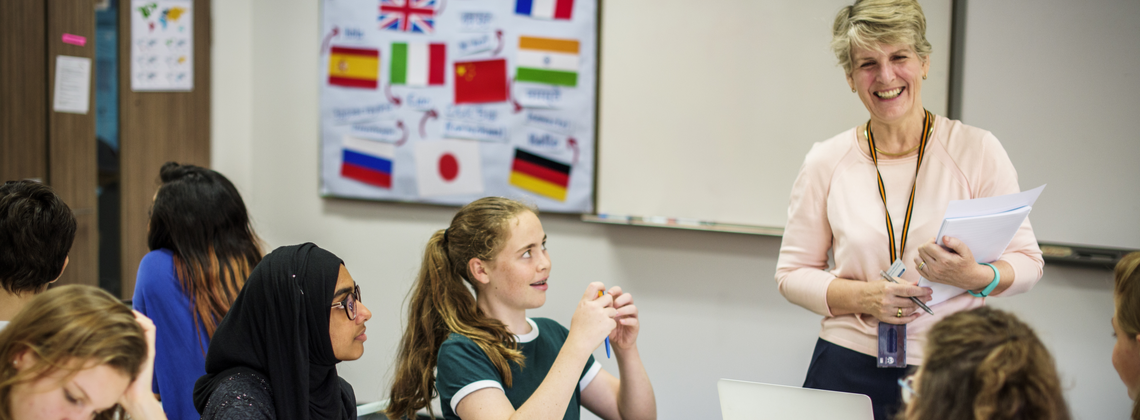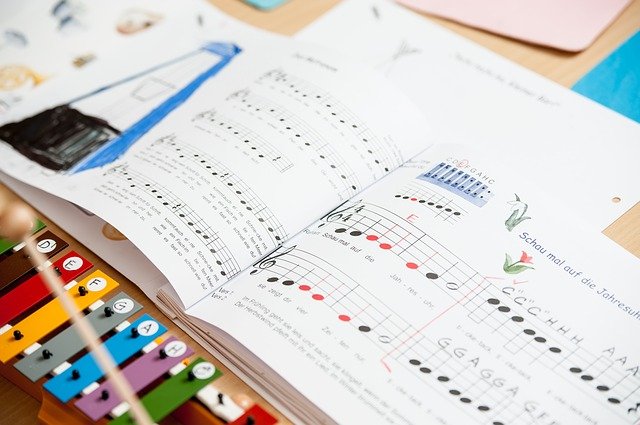

It has been acknowledged that teaching phonics as part of an MFL curriculum can have far-reaching benefits on the outcomes of language learning. Explicit phonics instruction gives students the tools for phonological decoding, meaning students improve their ability to read unfamiliar text in the target language and their aptitude for vocabulary retention, as they are able to make stronger sound-symbol connections when encountering new words. Phonics teaching in MFL creates more autonomous learners, with research suggesting it aids motivation for learning and increases subject confidence.
Here are some fun ways of incorporating phonics in the MFL classroom!
Phonics Bingo
Bingo can easily be adapted for phonics. Prepare bingo cards filled with words containing different phonemes. You say a sound and students cross off a word with that sound if they have one on their card. The first one to get a line or full house, wins.
Songs
When your students have already acquired some knowledge of phonics, songs and chants are a memorable and enjoyable way of drilling pronunciation and building confidence. One famous French playground song is ‘trois petits chats’ (three little cats) which follows a pattern of linked phrases that use the last syllable of the previous expression, for example: ‘trois petits chats – chapeau de paille – paillasson’. You can either prepare a song with your pupils or turn it into a game, getting them to write their own version. Here is one version of the French song. Beyond this, listening and singing to any nursery rhymes or popular songs in the target language is beneficial for building pronunciation skills while making learning more memorable, and, if using written lyrics, developing decoding skills.

Where are we?
This activity will improve pupils’ geographical knowledge and cultural capital, as well as their reading skills. Display a map of a country or region where the language you teach is spoken with the toponymy in the target language. For example, if you are teaching Italian, display a map of Italy, San Marino, Vatican City, plus the Italian-speaking area of Switzerland. Have students practise reading place names with specific phonemes in them. You could time students to find as many place names in pairs in a minute, get students to test each other by reading a name while their partner locates it, or project a map on the board and have students on separate teams race to find the place name you read out or a place name containing the phoneme you say.

Practising reading unfamiliar place names will encourage pupils to strengthen those sound-symbol decoding skills and develop sight-reading skills for real-world situations. It also provides a jumping-off point for wider discussion on the global language community of the target language and its cultures.
What’s in the classroom?
For this activity, label objects around the classroom in the target language with sticky notes. For example, if you’re teaching Portuguese, put ‘mesa’ on a table, ‘cadeira’ on a chair and ‘janela’ on a window. Split your class in two or more groups and assign a phoneme to each. Each group has to go around the classroom and write down the words containing their phonemes. Afterwards, students can present what they found to the rest of the class. For an extra layer of competition, have students collect the sticky notes of their relevant sounds, so other students can’t use them. Alternatively, using vocabulary that students are unfamiliar with, read out words stuck around the classroom, then have students mingle to find the relevant word, write it down, and be the first to show you it.
For more MFL phonics practice in French, Spanish and German, try the new Phonics lessons on the FlashAcademy® platform. Breaking down all the key sounds in the target language with phoneme-word-icon flashcards plus a series of challenges, FlashAcademy® MFL Phonics lessons develop listening and reading skills, as well as give pupils the opportunity to try out their pronunciation skills in a low-stakes environment. Speaking practice combines with helpful tips on pronouncing unfamiliar sounds to support students in developing a solid foundation for their language learning. The lessons give pupils the tools to decode and read any new word they encounter, improving independent learning, confidence, and general literacy skills.
Try these phonics ideas for German, French, and Spanish, which include minimal pairs practice and a revision board game.

